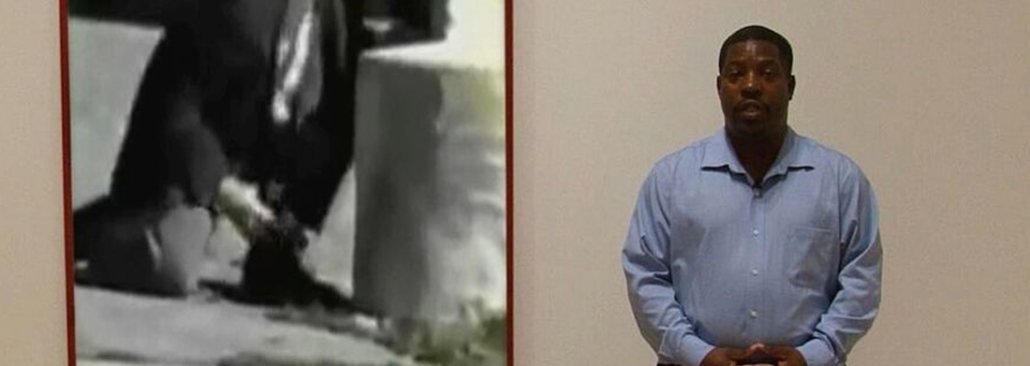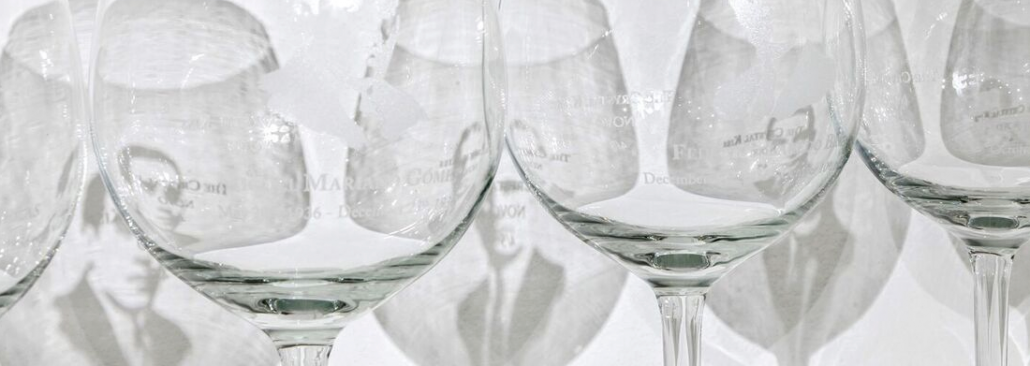Munique, 1996. Lives in Berlim
In essays, conferences and audiovisual installations, Hito Steyerl reflects on the conditions of production, circulation and consumption of images in the age of globalized media. Her analyses underscore the intricate connections between the art field and international economic and geopolitical interests. Based on extensive research, Steyerl associates images and data from a range of sources, many of them first-person narratives that evince these cloaked and complex relations between politics, culture and technology.
Guards is structured around interviews with two museum security guards who talk about their work and their previous careers in law enforcement and the military. In the halls of the Art Institute of Chicago, one of these guards demonstrates the gestures and attitudes to be adopted should a suspicious individual be detected at the museum. At a certain juncture, videos depicting the general context of urban crime and even armed conflict are inserted into an environment designed to house works of art. The substitution of artworks with these images, the simulation of security response action, and the cordons used to keep viewers at a safe distance from the works suggest the conception of art as an easy target or, to paraphrase one of the artist’s own creations, “the museum as a battlefield”. In this manner, Steyerl seems to draw a parallel between the means of control and surveillance used to protect artistic heritage, on the one hand, and the nation, on the other.
[O.A.]
Obras
Guards [Guardas], 2012
vídeo monocanal, 20′
Coleção Moraes Barbosa







